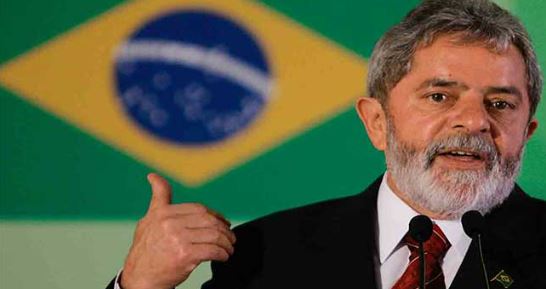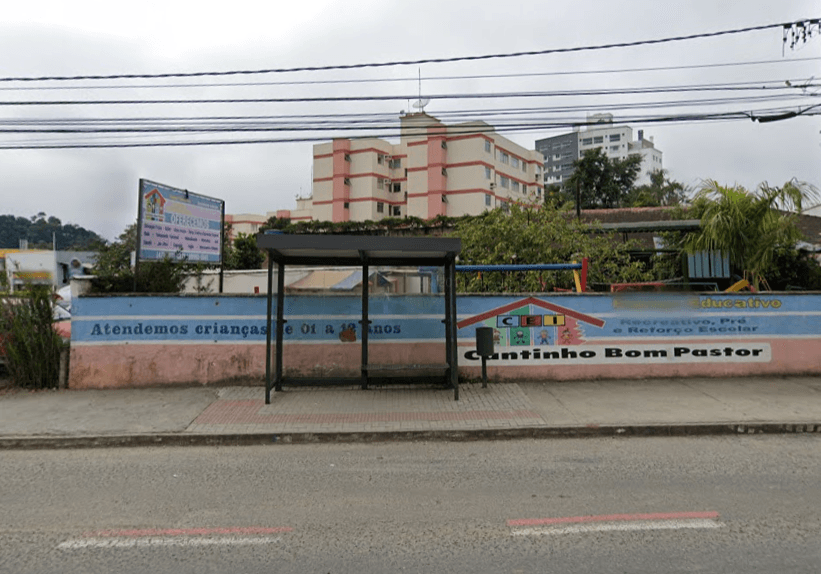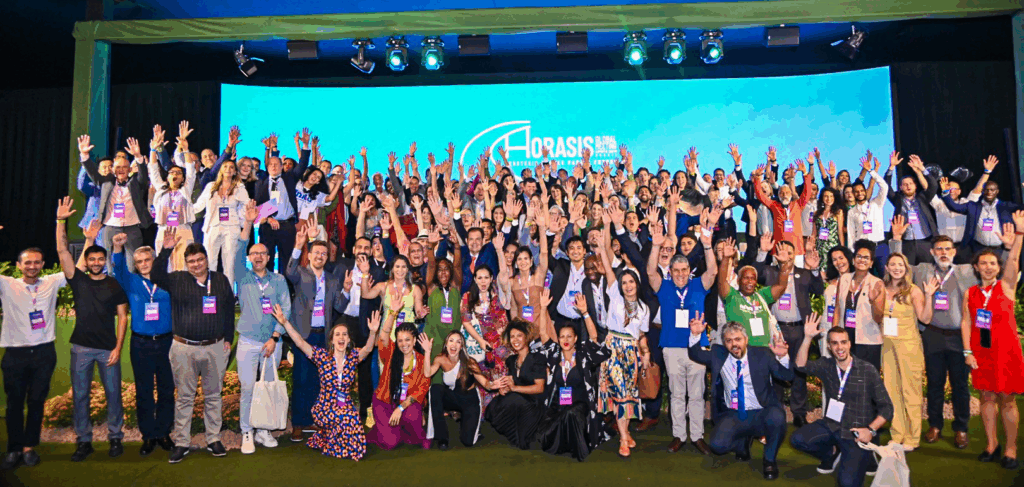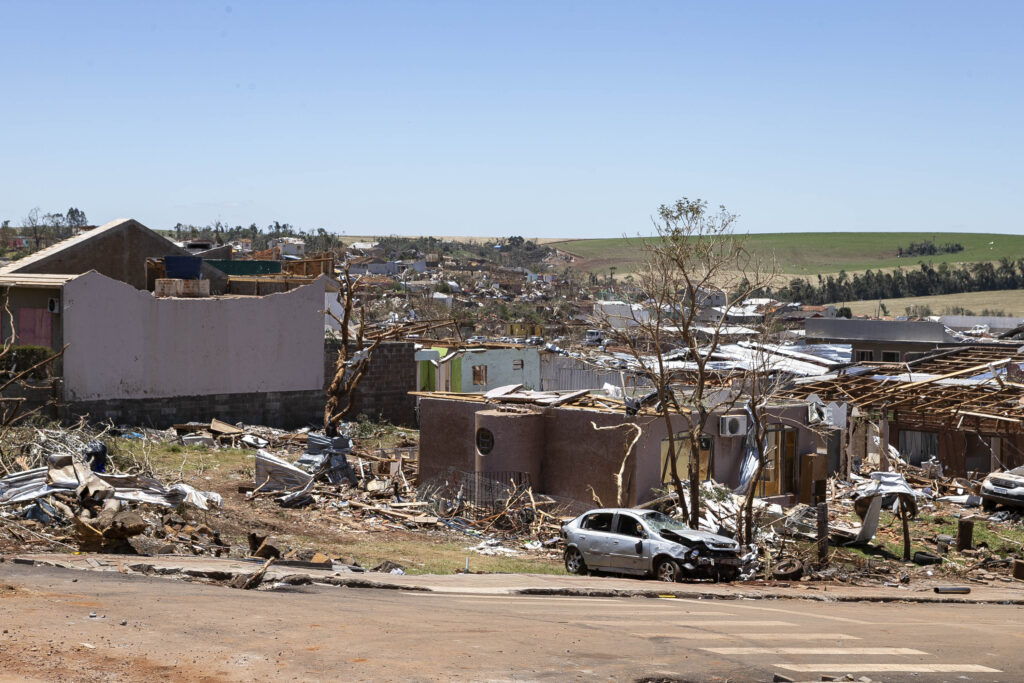According to recent conclusions drawn by Science Advances magazine, 18% of Brazil’s Amazon rainforest has been lost due to deforestation. If these rates reach a critical “tipping point,” meaning levels of 20 or even 25% (equivalent to over 1 million km²) the land will cease to become rainforest, instead converting into tropical savanna-style woodland.
Although classed as environmental crimes, agricultural fires in the state of Rondônia and throughout the Amazon rainforest are becoming increasingly regular.
Smoke tends to spread to highways and roads, often forcing vehicles and motorcycles to abandon their journeys due to lack of visibility.
During one particular fire, in which 3km of vegetation was destroyed, local retired resident Antônio Lopes da Silva, whose house was almost engulfed by the flames, told news outlet G1 that in his 22 years of living nearby, he had never seen anything quite like it.
It is commonplace for farmers in Brazil to burn down vegetation as a part of their labour, as they attempt to clear the weedy vegetation to make way for cattle pasture and croplands.
However, as Carlos Nobre, a Brazilian researcher and climatologist from the University of São Paulo warns, “agricultural fires spread to the woods, and they are making the woodland very vulnerable.”
In fact, spikes in agricultural expansion are taking place all over Brazil’s northeastern region, spanning across the states of Maranhão, Tocantins, Piauí and Bahia, reported Scientific American. What’s more, they are not only affecting rainforest areas, but also already established wooded tropical savannas, such as the Cerrado region, which spans across the states of Goiás, Mato Grosso do Sul, Mato Grosso, Tocantins and Minas Gerais.
According to satellite data released by the National Institute for Space Research (INPE), deforestation in the Cerrado went up 9% in 2017 in comparison with the previous year.
Speaking to Scientific American, University of Brasilia ecologist Mercedes Bustamante suggested that this could also be put down to Brazil’s booming soya bean industry which is driving deforestation even further.
According to the Science Advances report, deforestation tends to provoke longer dry seasons. This, of course, is not helped by climate change, which has seen temperatures rise significantly over the last decade, creating favourable conditions for agricultural fires.
In response to the alarming figures, Nobre and Thomas E. Lovejoy, both involved in writing the report, emphasise “strictly curbing further deforestation” and “build[ing] back a margin of safety against the Amazon tipping point,” as measures of protection. After all, “the hydrological cycle of the Amazon is fundamental to human well-being in Brazil and adjacent South America,” they concluded.










